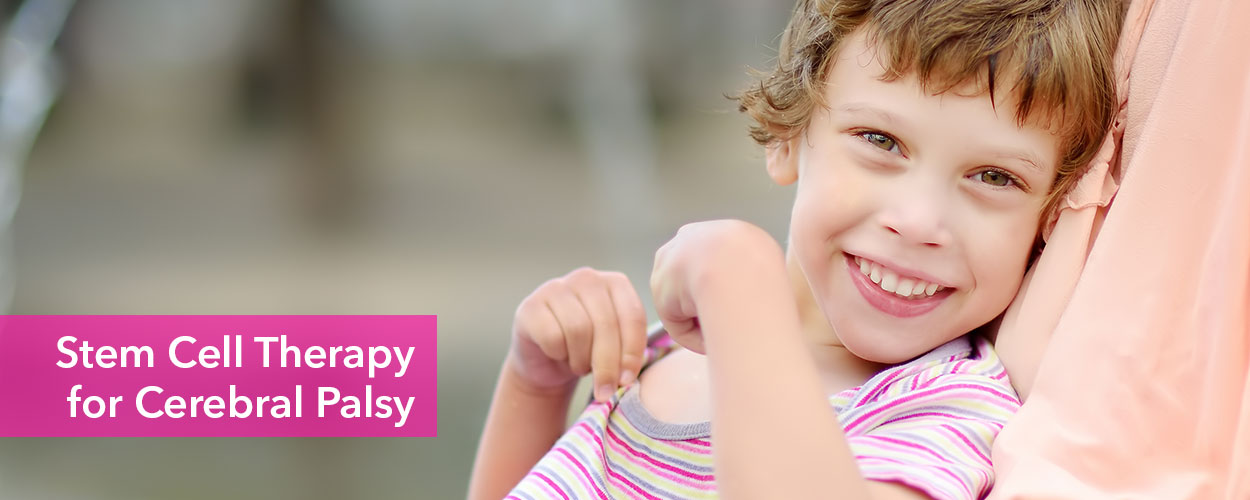Treatment of Cerebral Palsy
- Cerebral palsy treatment is not focused on curing or fully correcting a child’s condition. Once a child has developed cerebral palsy, it cannot be cured. Instead, treatment focuses on nurturing a child’s remaining skills to reduce symptoms and encourage an independent life.
- The greatest method to guarantee that a child with cerebral palsy has the maximum quality of life as they grow into adults is to actively address their symptoms. The doctor will develop a treatment strategy that takes into account the child’s unique requirements.
- To support brain development, infants with cerebral palsy may need early medical care. Around this stage, there are more chances to enhance or repair some of the child’s movement issues.
Types of treatment used to treat cerebral palsy in leading Turkish clinics:
- Hospitals are staffed by teams of doctors specializing in the treatment of this ailment.
- Physiotherapy.
- Drug therapy.
- Orthopaedic aid.
- Rehabilitation.
- Training in movements, and development of fine motor skills.
- Speech enhancement
- Neurosurgical operations according to indications.
Therapy as Treatment
The symptoms of cerebral palsy can be treated with a variety of therapies. Therapy can help with mobility and cognitive function.
Physical therapy: Aids in reducing pain and muscular stiffness and enhances mobility by enhancing balance and coordination. Physical therapists will make use of specialist tools to enable individuals to move around more easily and lead more autonomous life.
Occupational therapy: By enhancing fine motor skills and cognitive abilities, people with cerebral palsy can learn how to execute common chores and activities.
Speech therapy: Assists in developing language and communication abilities.
Alternative therapy helps individuals get through physical and emotional challenges. Hippotherapy (which involves horseback riding), music therapy, water therapy, acupuncture, and other forms of alternative treatment are among them.
Surgery as Treatment
Surgery for cerebral palsy can fix or enhance mobility problems in the hips, wrists, ankles, and legs. To increase mobility in various bodily parts, operations are performed on muscles, tendons, bones, and nerves.
Cerebral palsy surgery can:
- Correct fixed joints and tendons
- Correct foot deformities
- Correct muscle contractures
- Correct spinal curvatures (scoliosis)
- Improve balance and coordination
- Improve posture
- Prevent hip dislocation
- Prevent spinal deformities
- Reduce tremors
- Relieve pain
- Relieve stiff muscles
- Treat co-occurring conditions
Assistive Devices for Treatment
Specialized assistive devices can help individuals with cerebral palsy that experienced issues with communication, hearing, and vision.
Types of assistive devices include:
- Cochlear implants
- Electronic communication boards
- Eye-tracking devices
- Typing aids
- Writing aids


